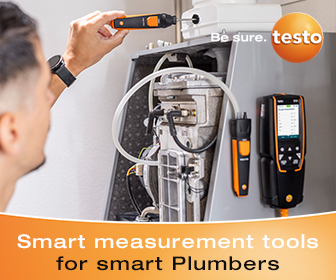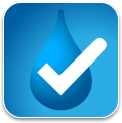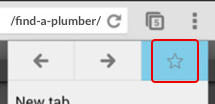Eye in the sky technology is making inspections safer and more efficient. Kate Jones reports.
Commercial plumbers know how costly and time consuming inspections can be. But there’s no way around them; pre-work inspections are vital for workplace health and safety practices, or even to prepare a quote. Ultimately, they reveal a lot about a job before work begins.
One business is taking to the skies with technology that aims to make inspections easier and cheaper. SureFact Aerial uses drones to fly over sites and provide safer, cheaper visual reports.
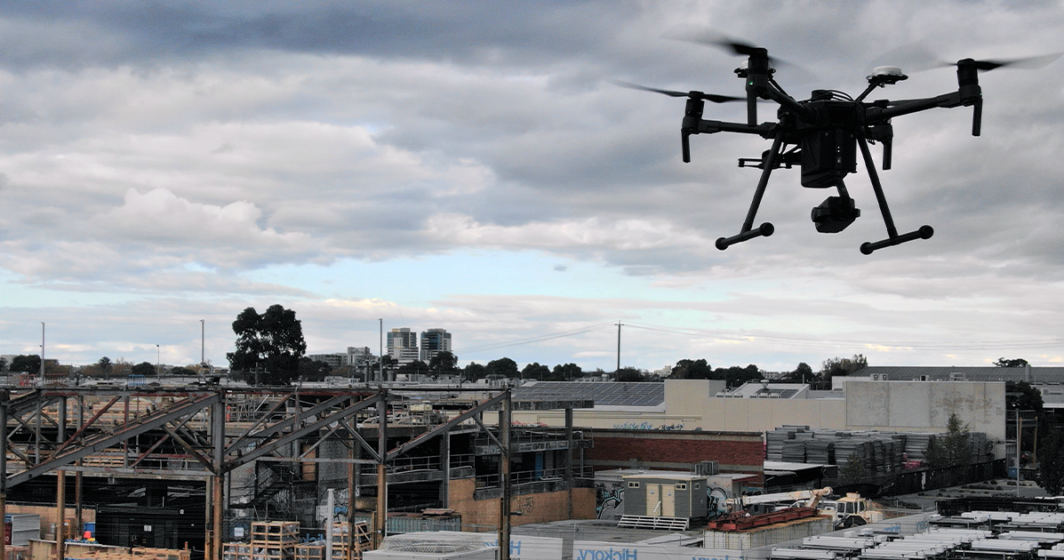
“This technology is the future, it really is,” said Paul York, SureFact Aerial managing director.
“It saves a heap of time and money, and the best part is how user friendly and safe it is.
“No more working at heights to do risky inspections or quotations. Instead, we can send a link to the client to watch live while they sit at their desk and they can have direct communication with the pilot.”
The drones are fitted with software that takes measurements, for example the width of a box gutter or the elevation of a roof area. The information gathered informs reports used to plan preventative maintenance, conduct repairs or prepare for further building works. It can also provide practical data for regulatory audit processes and structural integrity inspections.
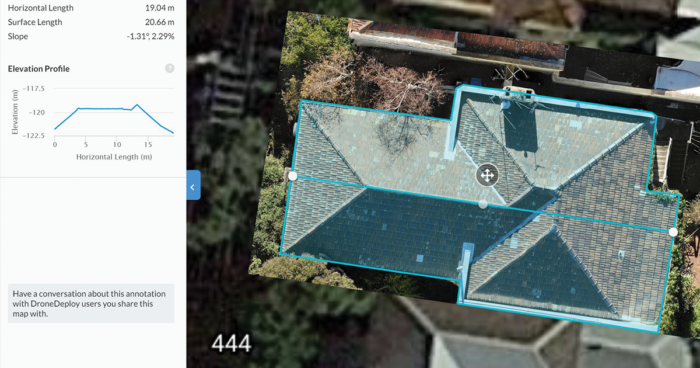
York said the reports have been useful for building estimators.
“In recent times we have been doing these inspections for estimators who are undertaking new products,” he said.
“Our software enables us to give accurate measurements so the client can have comfort.”
York, a registered plumber, was accustomed to the headaches and red tape caused by the need for visual surveillance. With the ability to provide a birds-eye view of work sites and close-up images of hard to reach areas, drones were the answer to working smarter.
“From working as a commercial plumber we would be constantly facing scenarios where a visual inspection would need to be conducted for a variety of reasons, whether it would be to quote a job, investigate a problem, preventative maintenance, construction or an incident and the list goes on,” York said.
“Often in plumbing, conducting inspections can be dangerous for a variety of reasons and also costly. For example if we wanted to inspect the outside of a building you would need to consider using the buildings BMU, swing stage scaffold or coming from the ground and having to close the road and use a boom lift or similar.
“When we got to this stage we had to have traffic control, letter drops to neighbouring residences and strict time frames when it could be done, not to mention the serious cost prohibitions clients faced.”
Drones are among a raft of new technologies driving plumbers to work more efficiently than ever before. These include smart tablets and waterproof cameras paired with drain rods and pipe cutters.
Updating equipment is key to staying competitive.
York initially began using drones in another business, SureFact Australia, for security and investigations. He said it was a natural progression to use drones for plumbing purposes.
The Port Melbourne-based business now employs York’s father Neil, also a plumber, who oversees all roofing inspections.
SureFact Aerial is a licensed company under the Civil Aviation Safety Authority. It logs all of its flights, has to seek approval from the regulator before flights and drones are operated by qualified CASA certified pilots.
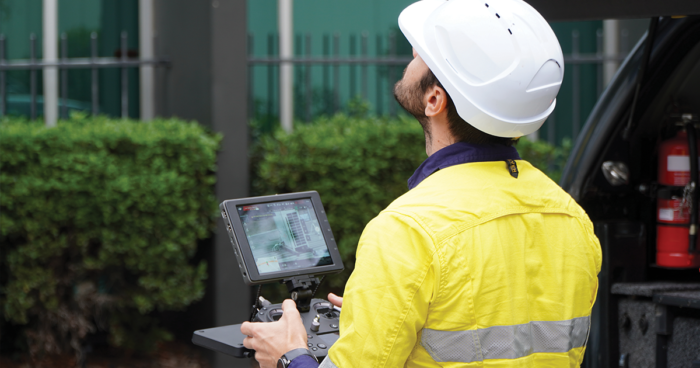
“This is very relevant in built up areas or no-fly zones,” York explained.
“We have a full safety system in place which enables us to be approved by the regulator to fly.”
When a client contacts the business, York and his team carry out a location check online and request relevant flight permits from CASA.
The pilot then meets the client on site and the inspection is conducted to the client’s requirements. A report is completed with observations, comments and recommendations, and includes still photographs and a secure link to the video.
“A report could be a basic roof inspection, for example, which examines the integrity of the gutters, valleys, ridges, chimneys, cowls, and the roof itself whether it be tiles, Colorbond, sheeting and so on,” York said.
SureFact Aerial has worked with plumbing companies in both the commercial and domestic spaces.
Jimmy House of CAB Plumbing in Thomastown said using drones was a big time-saver.
“Engaging SureFact Aerial has been a godsend for us,” he said.
“I can assign an inspection to them and know that it is managed and inspected by registered and licensed plumbers. We get a report back with observations, comments and recommendations by a plumber.
“The report includes photos and a secure video link I can send to my clients. The other advantage is that the specific drone software takes the measurements I need to quote the further works, so no going back to measure and I know the measurements are perfectly accurate from the software they use.”
Share this Article
